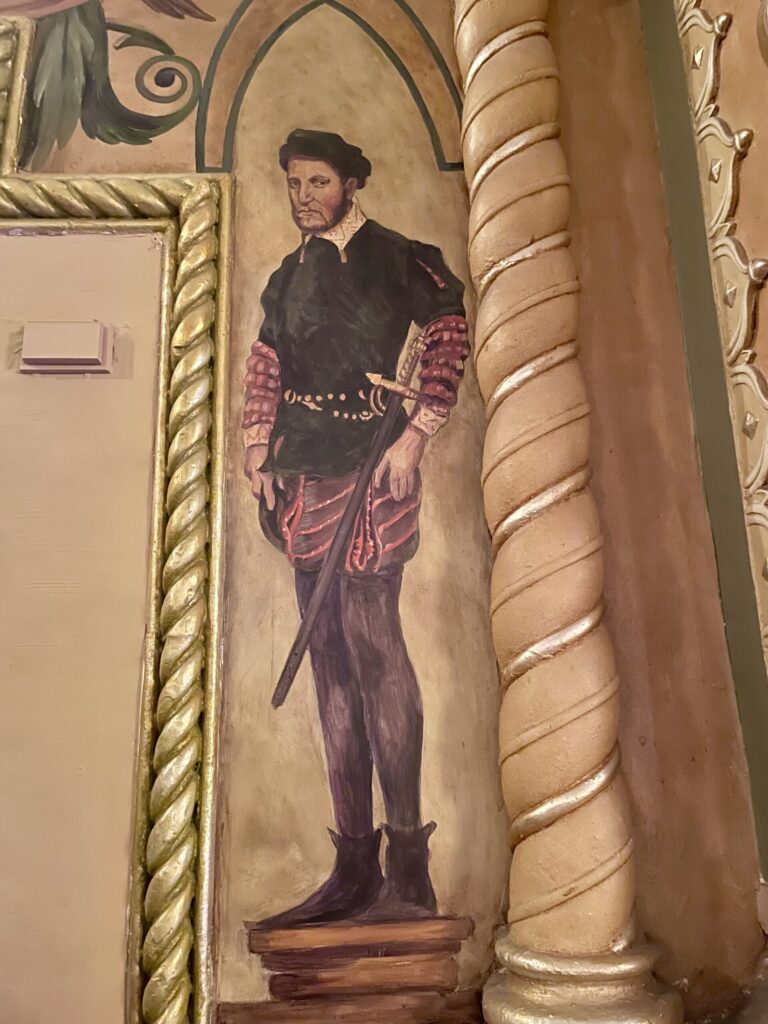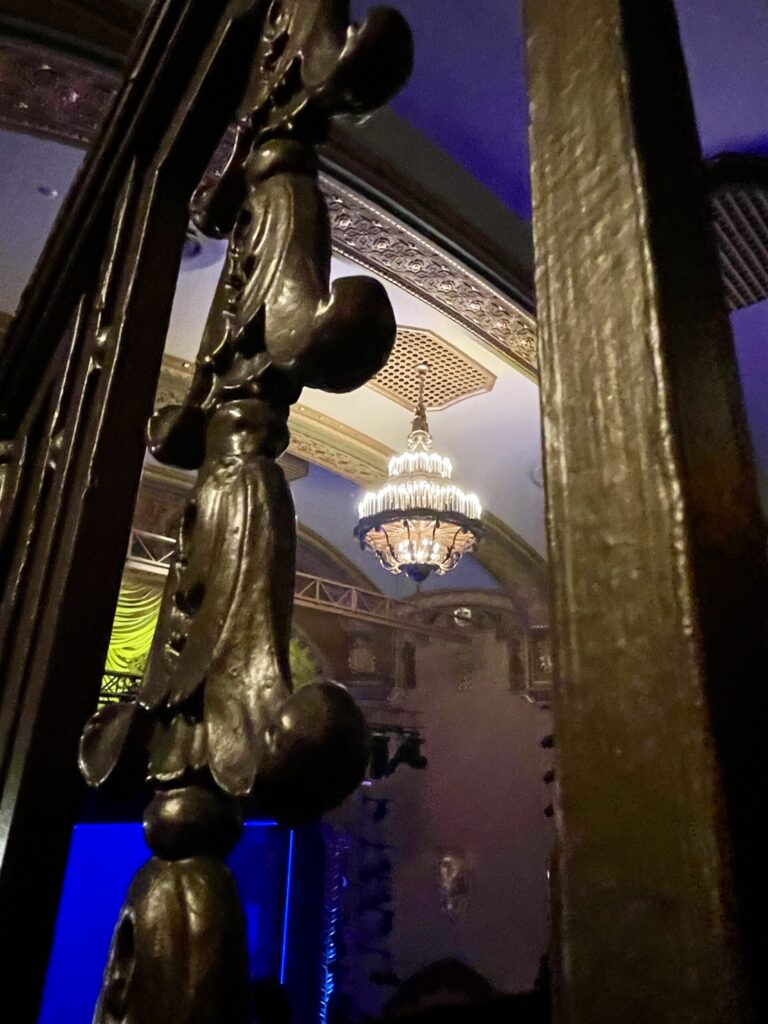At 252 West 45th Street—between Seventh and Eighth Avenues in Midtown Manhattan—stands the legendary John Golden Theatre, a beloved venue in the Broadway Theater District. Originally opening on February 24, 1927 as the Theatre Masque, it was the most intimate of a three-theater complex built by the Chanin Brothers (the others being the Majestic and Royale, now Bernard B. Jacobs Theatre), all designed by architect Herbert J. Krapp in a striking Spanish or Mission Revival style.
With approximately 800–802 seats across two levels, the Golden Theatre offered producers a space tailored for dramatic works and smaller-scale productions—every seat remains closer to the stage, offering a personal connection with the performance.
From Masque to Golden — A Broadway Legacy

In 1930, the Chanin theaters transferred ownership to the Shubert Organization, but the venue retained its name until 1937. That year, acclaimed Broadway producer John Golden took over management, renaming it in his own honor—making it the third New York theater to bear his name.
Under Golden’s stewardship, the theater hosted successful plays like Shadow and Substance (1938). Then, in 1946 the Shuberts regained control and temporarily converted the stage house into a movie theater until 1948. From that point forward, it returned to live theatrical use, embracing both plays and revues.
Some notable productions over the decades have included the one-man show starring Victor Borge (1953, 849 performances), the revue Beyond the Fringe (1962, over 600 performances), Pulitzer Prize-winning The Gin Game (1977), Glengarry Glen Ross, ’night, Mother, Waiting for Godot, and the hugely successful musical Avenue Q (2003–2009).
In 1987, both the theater’s facade and auditorium interior were designated New York City landmarks—ensuring the preservation of its historic and decorative essence.
Architectural Charm — Facade & Interior
Facade: The exterior reflects a modern Spanish style, featuring rusticated terracotta blocks at street level, rising above a granite water table. Above, a loggia with romanesque arches, terracotta cartouches, and a golden-hued brick façade form a classic Golden aesthetic.

Interior Highlights: Inside, intricate Spanish-Mission influences abound—rough plaster walls, wrought iron lighting fixtures, spiral colonettes, and vaulted ceiling arches enrich the auditorium’s warm, intimate ambiance. The proscenium arch, balcony railings, and exit arches are adorned with geometric patterns and twisting columns that echo the theater’s architectural language.

Chandelier: A graceful, multi-tiered chandelier serves as a central focal point above the auditorium—a nod to classical elegance. Though details like the exact materials or number of lights are seldom documented, the glow of this fixture bathes the auditorium in soft, golden illumination, amplifying the period design and creating a cozy theatrical glow (as visible in the images above).

Getting There — Location & Transport
Address: 252 West 45th Street (George Abbott Way), New York, NY 10036.
Nearby Transit Options:
- Subway: Times Square–42nd Street complex is steps away—served by the 1/2/3, N/Q/R/W, 7, and S lines. Port Authority Bus Terminal sits close by for convenient bus travel.
- Pedestrian Access: Situated in Theater District central, the Golden is within walking distance of other Broadway venues and Times Square.
- Shubert Block: The theater sits amid a cluster of Broadway icons—adjacent to the Bernard B. Jacobs, Gerald Schoenfeld, Booth, Broadhurst, and Shubert Theatres—making it easy to visit in a broader theater-hopping itinerary.
A Space Steeped in Magic & History
What makes the John Golden Theatre enduringly special is its seamless blend of history, architecture, and theatrical intimacy. You don’t just attend a performance—you step into almost a century of Broadway legacy. The proximity of the seats to the stage offers an exchange between audience and actor that feels immediate and genuine. Meanwhile, the elegant curves, carvings, and central chandelier uplift the experience with elegance that feels both storied and alive.

Today’s audiences enjoy award-winning productions in this timeless setting—Operation Mincemeat: A New Musical, the 2024 Olivier Award winner for Best New Musical and 2025 Tony Award winner for Best Featured Actor (Jak Malone), is currently playing to rave reviews, celebrated for its humor, heart, and theatrical ingenuity.
Whether you’re a long-time theatergoer or a first-time visitor, the Golden Theatre invites you into a luminous world where storytelling, architecture, and history elegantly converge.
In Summary
- Origins (1927): Built as Theatre Masque by Chanin brothers; smallest of three theaters in complex.
- Transformation (1937): Renamed by producer John Golden; Shubert regained control in 1946, returned to stage use in 1948.
- Style & Design: Spanish/Mission Revival detailing, ornate décor, landmarked interior and exterior.
- Capacity & Feel: ~800 seats across intimate, two-tier auditorium with standout chandelier.
- Location & Access: 45th Street, steps from Times Square transit, surrounded by Broadway’s theatrical powerhouses.
- Today: Home to acclaimed, contemporary productions in a venue that feels steeped in charm and history.
With its glowing chandelier, richly textured details, and storied stage, the Golden Theatre continues to shine—bridging Broadway’s past with its vibrant present.
